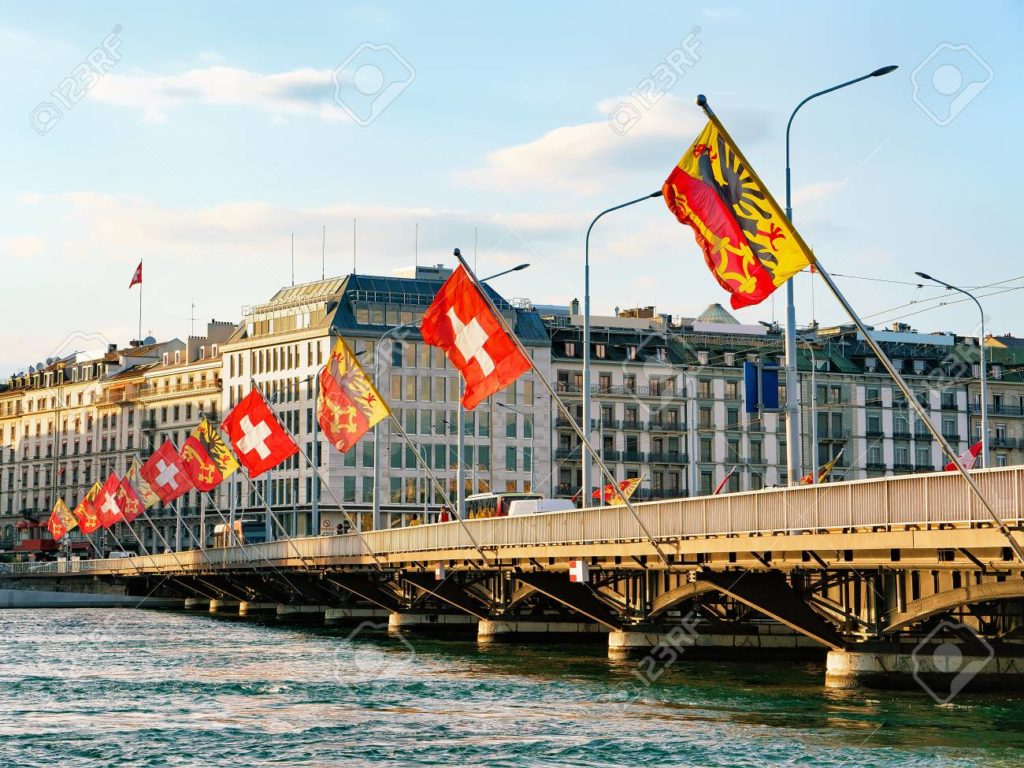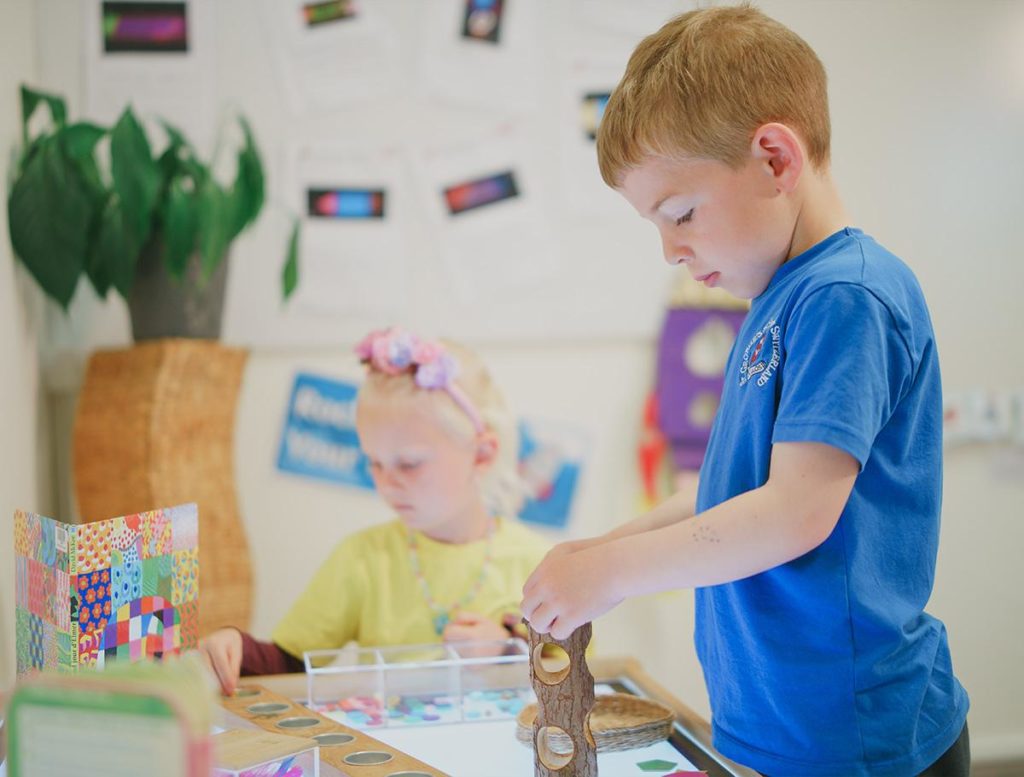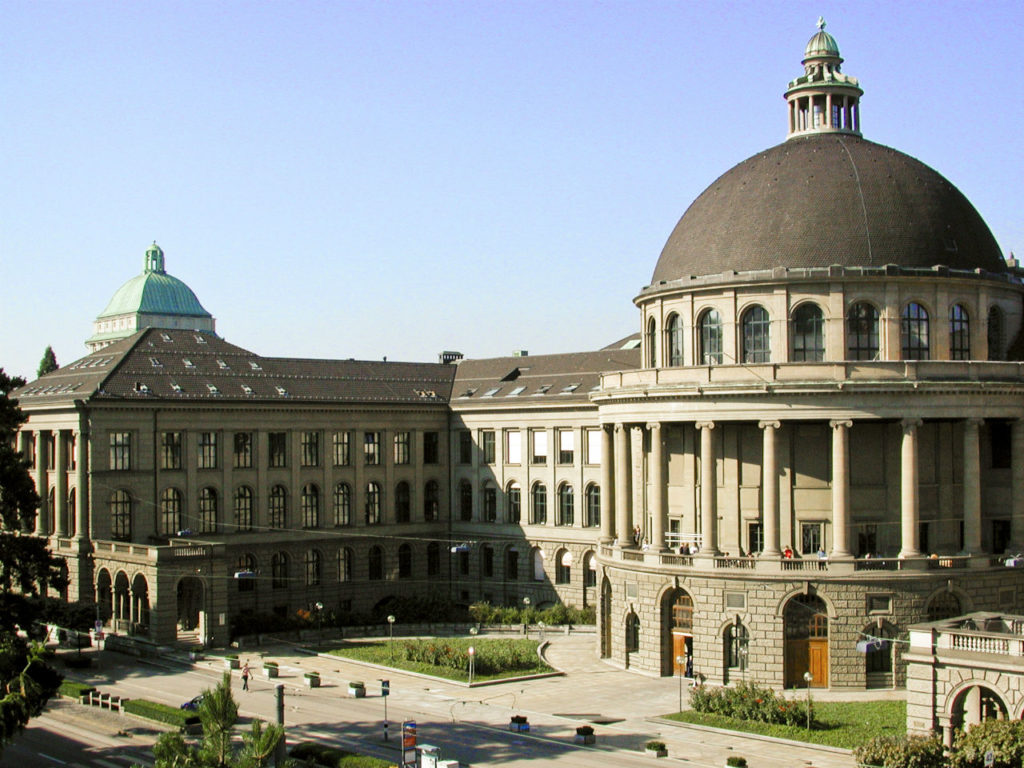In 2024, the education system in Switzerland is known for its high standards and diverse offerings. It combines quality teaching with a wide range of learning paths, from traditional academic subjects to vocational training. Switzerland provides both public and private schooling options, catering to different needs and interests of students. This system not only focuses on academic success but also emphasizes personal development, preparing students well for their future endeavors.

In Switzerland, the primary education system sets a solid foundation for lifelong learning. It typically encompasses six years of primary school after two years of kindergarten, starting at age 4. Kindergarten focuses on play-based learning, introducing children to the basics of social interaction, literacy, and numeracy in a nurturing environment.
Once in primary school, children embark on a six-year curriculum that covers a broad range of subjects, including language, arts, mathematics, sciences, and physical education. This generalist approach ensures students develop key skills and a well-rounded understanding of the world.
Geneva stands out by extending primary education to 8 grades, covering ages 4 to 12. This allows for a smoother transition to more specialized secondary education. Across Switzerland, primary education aims to prepare students for future academic challenges by building a strong, comprehensive knowledge base.

Once these 8 years have been completed, the child, who is generally 12 years old, enters the compulsory part of secondary level 1 which generally lasts 3 years.
This completes compulsory education (except for the canton of Geneva, where education has been compulsory until the age of 18 since 2015) and ensures the continuity of basic education while preparing for post-compulsory education.
Geneva: 3 grades, from 12 to 15 years.
College
Secondary II marks the beginning of post-compulsory education, which most young people enter at around age 15.
Secondary II is the first phase of post-compulsory schooling (except in Geneva, where schooling remains compulsory until the age of 18). It includes all vocational and general education programmes (école de culture générale and école de maturité)
Maturité
The Matura or CFC is the culmination of a basic education that lasts between 14 and 15 years and prepares students for tertiary education or the world of work.
Gymnasium schools, known as gymnasia, lycées or collèges depending on the canton, issue gymnasium maturity certificates that are recognised throughout Switzerland. The aim of the education is to deepen the knowledge of general culture and to obtain a university entrance diploma. The Matura certificate gives access to all university courses of study (HEU) and to certain courses of study at the universities of teacher education (HEP). Admission to universities of applied sciences (HES) is subject to certain conditions (professional experience or preparatory courses), as is access to higher education institutions (ES).
Geneva: College, 4 grades, 15-19 years.
Higher education is also known as the tertiary level of education. The range of education offered at this level in Switzerland is very large. It is mainly divided into two areas: higher education and higher vocational education and training.
The university sector includes the universities (cantonal universities and federal institutes of technology) as well as the universities of applied sciences, the universities of teacher education and the universities of applied sciences.
The higher vocational education and training sector comprises all other tertiary-level courses leading to a federal certificate or diploma. Higher vocational education and training is characterised by a wide and diversified range of private institutions.
The Swiss tertiary system includes the entire university sector as well as the institutions of higher vocational education and training.

The former includes the universities (cantonal universities and federal institutes of technology), the universities of applied sciences (UAS) and the universities of teacher education (UTE), and the latter the universities of applied sciences (UAS) and the various professional and higher professional examinations. The universities include the ten cantonal universities and the two federal institutes of technology. The University of Zurich is by far the largest, with a student population of around 20,000. Among the smaller universities are those of Neuchâtel, Italian-speaking Switzerland and Lucerne, each with fewer than 5000 students. People with a Swiss university entrance qualification are free to choose the university where they will study and the field of study. The only exceptions are medicine and sports science.
Of the total compulsory schooling, 95% of children and adolescents attend free basic education in a public institution and 5% attend a private institution.